Backcountry Snowmobiling
 The Northeast may be experiencing their worst snowfall in decades but here in the Pacific Northwest, the mountains are bare. This season, the opportunities for prime snowmobiling have been few and far between, so I have periodically been taking weekend trips inland, towards Idaho, Montana and whiter pastures. Tonight I’ll be doing some quick maintenance on my sled and topping off the Evinrude XD100 oil before heading out to Eastern Idaho.
The Northeast may be experiencing their worst snowfall in decades but here in the Pacific Northwest, the mountains are bare. This season, the opportunities for prime snowmobiling have been few and far between, so I have periodically been taking weekend trips inland, towards Idaho, Montana and whiter pastures. Tonight I’ll be doing some quick maintenance on my sled and topping off the Evinrude XD100 oil before heading out to Eastern Idaho.
My brother in-law has a cabin out in the woods, and he invited my son and me to join him for a weekend of snowmobiling. Now that the NFL season is over, I don’t mind being without TV and the internet for a few days. It will probably even turnout to be a nice change of pace from my hectic work schedule.


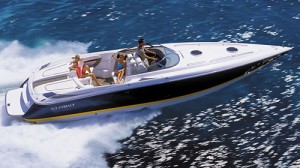
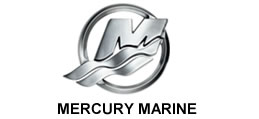
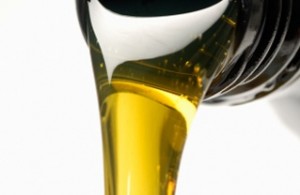
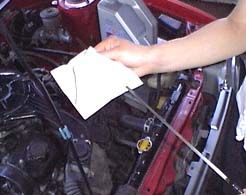
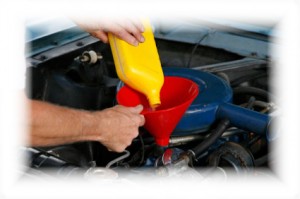
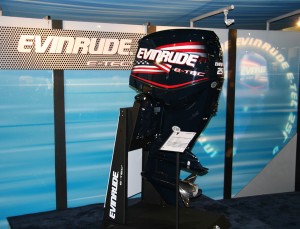

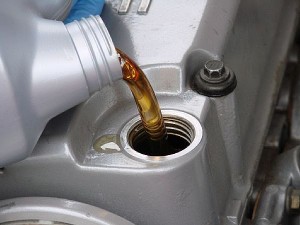

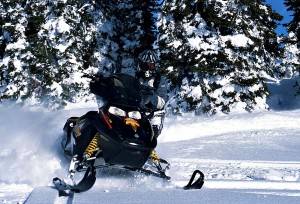
 Yesterday we reviewed some of the pre-ride checks that you should go through every time you ride your motorcycle — primarily, checking the levels of gas and
Yesterday we reviewed some of the pre-ride checks that you should go through every time you ride your motorcycle — primarily, checking the levels of gas and